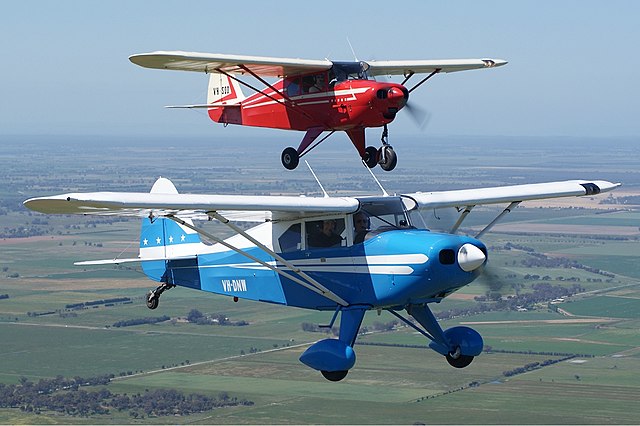It is for sand blasting, in order to remove rust and old paint.
While I admittedly have no experience with tubes in planes, I can tell from working on cars and motorbikes, that if you see corrosion on the outside of a cavity, the inside of the cavity usually looks much, much, MUCH worse.
When the rust is not obviously caused by a fault / damage in the paint, but instead shows as a bubble underneath it, I would be extremely careful. By the time the rust has worked its way trough a tube, so that a tiny little bubble can be seen on the outside, it can be expected that the material surrounding this little bubble has become thin as tinfoil. Simply removing the bubble will only be a short term cosmetic fix.
And other than looking for corrosion, what should one be careful of?
Piperowner has a nice article about Piper PA-20/22 on their website, including a section in which they discuss 'trouble spots':
http://piperowner.org/features/29-the-pacer-and-tri-pacer.html
Also interesting - 'Close Calls: Buyer Beware':
http://piperowner.org/articles/close-calls/266-close-calls-buyer-beware.html
Articles at AOPA and Plane & Pilot:
http://www.aopa.org/Pilot-Resources/Aircraft-Ownership/Aircraft-Fact-Sheets/Piper-Pacer
http://www.planeandpilotmag.com/air...le-engine-aircraft/piper-pa-22-tri-pacer.html
Super Cub drivers, discussing the Pacer:
http://www.supercub.org/forum/showthread.php?40462-Piper-Tri-Pacer
From Wikipedia, Pacer and Tri-Pacer in flight. As stated, many Tri-Pacers have been converted to tailwheel:
Fat bush wheels make her even sexier and pretty much turn her into a 4-seat Super Cub:


